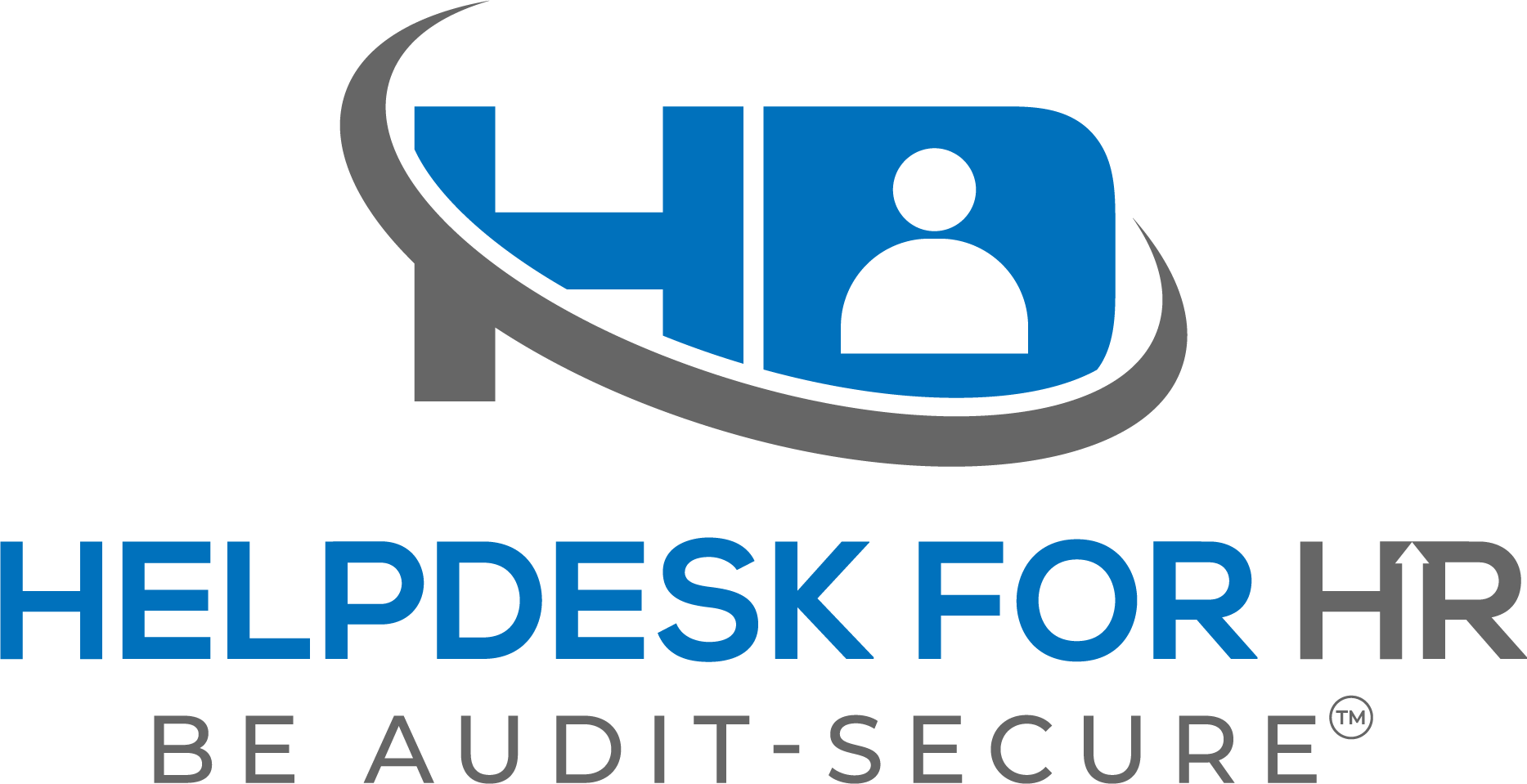Hey Employers!
There’s an important update about 401(k) plans that you need to know, especially if you have part-time employees. Before, you could ask employees to work for a year, with up to 1,000 hours, before they could start putting part of their salary into the 401(k) plan. But things have changed because of the SECURE Act.
What’s New?
- Shorter Time to Join 401(k) Plans for Some: Now, part-time employees don’t have to wait that long. If they’ve worked at least 500 hours each year for three straight years, they can start contributing to the 401(k) plan. This rule is for those we call “long-term part-time employees.” Starting in 2025, this period is shortened to just two years.
- Who Does This Affect?: This new rule is for all 401(k) plans and most employees. If your 401(k) plan’s year starts in January, you might need to let these long-term part-time employees join the plan starting January 1, 2024.
Next Steps for Employers:
- Review Part-Time Employee Data: Check all your part-time employees who haven’t worked a full year. See if any of them have worked over 500 hours each year since 2021 and are at least 21 years old.
- Check Eligibility Carefully: Remember, if an employee is part of a group that doesn’t depend on the number of hours worked (like seasonal workers), they might not need to join the 401(k) plan until they’re in a group that can join.
- Offer 401(k) Options to Eligible Employees: Make sure all your long-term part-time employees know they can start putting money into the 401(k) plan.
- Don’t Miss Anyone: If you forgot to let someone join the plan on time, don’t worry. There are ways to fix this. You can use something called the Employee Plans Compliance Resolution System.
In summary, the SECURE Act has made it easier for part-time workers to start saving for their future with a 401(k) plan. As an employer, it’s important to keep track of who’s eligible and offer them the chance to join the plan. This way, you’ll be following the new rules and helping your employees plan for their retirement.

